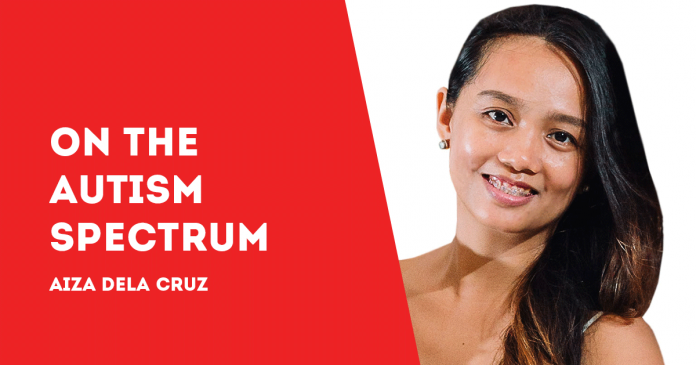
By Aiza Dela Cruz
My son has been praised a lot because he can already read books on his own. We started making a habit of reading earlier this year, and now he reads all kinds of children’s books on different topics.
I am often asked what I did to make my son read. In truth, I don’t think I did much. However, there are some things which I believe helped my son.
Diagnosis is not a Shackle
I did not think of my son as incapable of learning just because of his autism diagnosis. I always believed that there are solutions to learning challenges and roadblocks. I refuse to give up and just accept that his autism is a disability.
When you start thinking of “what can be done” rather than “what can’t be done”, you start thinking critically and constructively. You observe your child and what works best. Of course, it is a never-ending trial and error. I have to continuously find ways to help my son overcome his challenges, reading included.
Sight Reading for a Visual Learner
My husband and I observed that our son learns best when there are pictures accompanying the words. So we bought his a lot of picture books.
He started reading when he was about three using sight reading, which is memorizing the words associated with the pictures. He then read the words even without the pictures. From there, we built his vocabulary and visual encyclopedia presenting him with the same words but with different pictures as examples. I learned this method from one of Temple Grandin’s talks.
Two Words to Describing
As my son’s reading of words progressed, we introduced reading two words—one would be an adjective describing the other word which is a noun. We started with asking him the color of an object. Then we moved on to the number of specific details of an object or naming details like the wheels or doors of the car.
I would ask questions or describe an object or a scene in his book, and most of the times, I would answer them when he doesn’t answer. I always use my fingers to point things in his book and pause for him to process the information.
Read to your Child
Since my son was just starting reading then, I would read to him the books and he would listen. Then I noticed that he would look at me rather than the book. It was then I realized that he was looking at my mouth. It gave me the idea to emphasize the letters and words when I read.
My son repeated the words I would say and we would say the word back and forth. This was how he started phonetic reading.
Phonetic Reading
My son would repeat words many times and would even look at me for confirmation. He would ask me to read a word or the alphabet and then he would practice on his own. My husband and I were bewildered at first as to why he kept repeating random words. It was only later on I realized that he was practicing his phonics.
We then started taking turns in reading. I would read one page and he would read the other page. Because his vocabulary was wide and he started phonetic reading, he can mostly read words on his own without me dictating. I would only correct him with his pronunciation or if he read the word wrong. It takes a while at first but continuous reading made him read faster.
My ultimate advice? Make reading a habit. Choose books with lots of pictures and less words at first. Then you can progress from there depending on how fast he finishes reading a book. Always make your child finish the book, no matter how long it takes. Make him finish reading it even if you have to read with him. Praise him for reading and for finishing reading the book.
I enjoin everyone to have more compassion and understanding for all children with different abilities.
I would also like to hear the experiences of other parents who have children on the autism spectrum. You may email me on genevieveaiza.delacruz@gmail.com. I am a member of the Autism Society Philippines (ASP), a national non-profit organization dedicated to the well-being of persons on the autism spectrum disorder./PN





